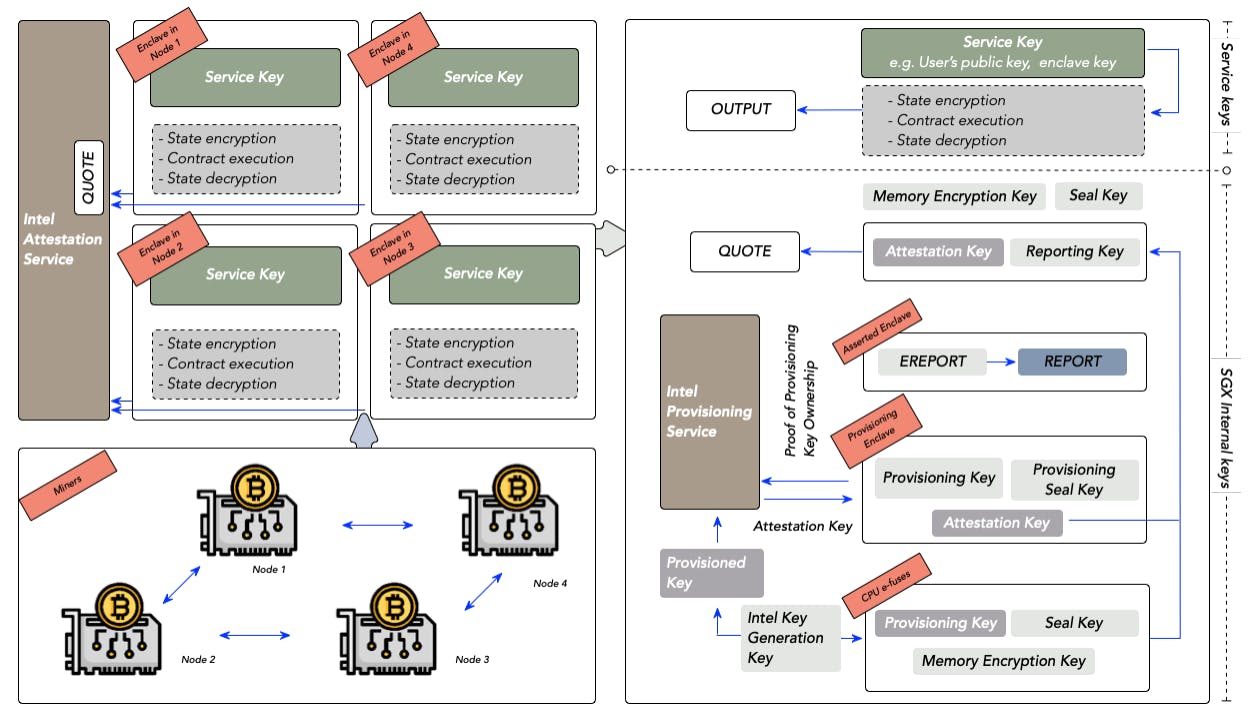Republican lawmakers have proposed major changes to student loans, which would affect current and future borrowers.
Congress is one step closer to passing federal student loan changes in the Republican-led “One Big Beautiful Bill.” The Senate narrowly passed its version of the budget bill earlier this week, and it is now back in the House.
If the House does decide to pass the bill as is — and there could be more amendments, so nothing is final — borrowers could see major changes to student loans, including a paring down of current repayment plans to just two options, both with longer repayment periods. Experts warn that the longer time frames for the new repayment plans could burden borrowers with education debt for much longer than expected.
“This could create a situation where borrowers are in repayment for a longer period, and overall costs could be higher [when] repaying under this plan,” said Elaine Rubin, a student loan policy expert and director of corporate communications at Edvisors.
Existing borrowers may retain access to the Income-Based Repayment plan, but anyone who borrows after July 2026 would be subject to the new rules. Millions of SAVE borrowers could be forced onto the new plans when the administrative forbearance period ends.
Nothing has been finalized yet, but if the bill does pass, here’s how it could affect your student loans and long-term finances.
Read more: If You’re a Student Loan Borrower Enrolled in Save, Make This Move Now While Your Payments Remain Paused
What are the new student loan repayment plans in the budget bill?
The Senate’s latest draft of the bill and the earlier draft from the House both outline two new repayment plans: a standard repayment plan and the Repayment Assistance Plan.
Any student loans borrowed after July 1, 2026, would be restricted to these two repayment plan options.
1. Standard repayment plan
The current standard repayment plan spans 10 years. The proposed standard plan would expand the repayment window to 10 to 25 years, depending on the amount of debt:
Standard repayment plan tiers
| Amount of debt | Repayment term |
|---|---|
| Less than $25,000 | 10 years |
| $25,000 – $50,000 | 15 years |
| $50,000 – $100,000 | 20 years |
| Greater than $100,000 | 25 years |
A longer repayment plan could mean more affordable monthly payments, but you’d be in debt longer and pay more interest overall. Consider this example of a $40,000 loan with a 6.53% interest rate.
Standard repayment plan costs
| Repayment term | Monthly payments | Total interest costs |
|---|---|---|
| Current standard plan (10 years) | $455 | $14,576 |
| Proposed standard plan (15 years) | $349 | $22,839 |
2. Repayment Assistance Plan
The new Repayment Assistance Plan would replace all current income-driven repayment plans and adjust your payments to 1% to 10% of your adjusted gross income, with a minimum payment of $10 per month.
You’d have to pay 1% of your AGI if you make between $10,000 and $20,000, 2% if you make $20,000 to $30,000, 3% for $30,000 to $40,000 and so on. Borrowers who make less than $10,000 would pay $10 per month, and those who make $100,000 or more would pay 10%.
Your loan payments are applied to interest first, then fees and finally toward principal. The RAP plan includes an interest waiver, so if your monthly payment doesn’t cover the amount of interest that accrues that month, the unpaid interest is waived. That could help alleviate the frustrations with the old student loan repayment plans (except for SAVE), which potentially allowed unpaid interest to increase the balance even when borrowers made on-time payments.
Additionally, the plan proposes a minimum principal balance reduction of $50 each month. So if your monthly payment is $100, but $60 is going toward interest and fees, you’d only be paying $40 toward your principal balance. The government would chip in the remaining $10 so you’d reach the $50 threshold.
Monthly payments would go down by $50 per dependent, so if you have a $250 loan payment and two kids, you’d pay $150 a month on the RAP plan. If you have a $100 student loan payment, then you’d only have to pay the minimum $10 a month.
“Borrowers may benefit from the changes,” said Elaine Rubin, a student loan policy expert and director of corporate communications at Edvisors. “As dependent children can directly impact their payment, it could create a more affordable monthly payment, however, it will have these borrowers locked in repayment for a longer period.”
However, the RAP has a longer timeline than current income-driven repayment plans — 30 years versus 20 or 25, which is how you could end up paying a lot more for a lot longer.
“I worry that we will be increasing the population of the elderly still holding student debt,” said Betsy Mayotte, president and founder of the Institute of Student Loan Advisors. “Longer debt can impact things like home purchase, the cost of other credit and, of course, retirement.”
What changes can current student loan borrowers expect?
Under the proposed plan, current borrowers may have the option to move to the new plans or move to the Income-Based Repayment plan.
Under the proposed plan, existing borrowers (loans taken before July 1, 2026) will have access to a version of the current IBR plan, paying either 15% of their discretionary income with forgiveness after 25 years or 10% with forgiveness after 20 years, depending on when they took out the loan.
Millions of borrowers enrolled in Saving on a Valuable Education (the SAVE plan) are still waiting for resolution after the courts struck down the plan. Borrowers’ payments are paused while their loans remain in a general forbearance, but it’s unclear when payments will restart. However, whichever plan they end up moving to will likely result in higher monthly payments and a longer repayment period.
Let’s go back to that example of a $40,000 loan at a 6.53% interest rate. Assuming you’re a single filer with an annual income of $60,000, here’s what your monthly payments and repayment timeline could look like on the current plans and the RAP:
SAVE vs. new repayment plans
| Repayment plan | Monthly payments | Time in repayment | Total paid |
|---|---|---|---|
| SAVE (at 10%) | $207 | 25 years | $62,100 |
| IBR (borrowed before July 1, 2014) | $457 | 25 years | $137,100 |
| IBR (borrowed after July 1, 2014) | $304 | 20 years | $72,960 |
| Proposed RAP | $250 | 30 years | $90,000 |
“In terms of the provisions of the RAP plan, there will be winners and losers,” said Robert Farrington, student debt expert and founder of The College Investor. “While the 30-year timeframe is longer and could make overall costs more expensive for some, other borrowers benefit from the interest and principal subsidies.”
While your monthly loan payment may go down on RAP, depending on your income, the longer time frame could create an obstacle for your long-term financial goals. If you graduate at 22, you could end up with student loan payments until you’re 52. Plus, you’ll end up paying more in interest over time.
According to an analysis by the Student Borrower Protection Center, the new RAP could cost the typical SAVE borrower an extra $2,929 per year.
“This is akin to indentured servitude,” said Mark Kantrowitz, a student loan and financial aid expert. It “mostly affects borrowers who are living below or near the poverty line for decades, which is more than half of the borrowers in an income-driven repayment plan.”
Parent PLUS borrowers could be excluded from all income-driven repayment options.
“The updated Senate bill makes it impossible for borrowers with Parent PLUS loans to access affordable income-driven repayment plans if they’re not already on ICR before the bill is signed,” Farrington said.
What other student loan changes are in the budget bill?
The Republican legislation proposes several other changes to student loans. Here are some of the major ones.
No option to exclude spouse’s income
Under the new Senate proposal, the RAP payments for married borrowers will be based on both spouses’ incomes, even if they file taxes separately.
“[The Senate bill] reintroduces the ‘marriage penalty’ for student loan borrowers, and could seriously increase their payments,” Farrington said. “For a bill that touts helping families, it’s ironic that these student loan plans can be exceptionally costly.”
Restrictions to deferment and forbearance
The House and Senate plans both seek to eliminate deferment for economic hardship and reduce the forbearance time frame to nine months over a 24-month period. Currently, borrowers can request economic hardship deferment for up to three years and forbearance for 12 months over a three-year period.
“Historically, Congress has never removed a benefit from existing borrowers, but both the House and Senate seem to be doing that,” Mayotte said.
Reduced borrowing limits
House Republicans proposed restricting borrowing to $50,000 for undergraduates, $100,000 for graduate programs and $150,000 for professional programs. They also want to cap Parent PLUS loans at $50,000 and eliminate Grad PLUS loans. Senate Republicans proposed a higher limit of $200,000 for professional programs and $65,000 for parent borrowers.
These new limits may reduce college access for some students, according to Kantrowitz.
“The loan limits may affect low- and middle-income students who are enrolled at high-cost colleges, where the federal loan limits might not be enough,” he said. “They may have to rely on private student loans, which might not be available.”
Mayotte also says she’s concerned about the reduction in loan availability.
“If the cost of tuition doesn’t go down, we end up with a lot of students that reach their max federal loan eligibility and then don’t qualify for private loans to finish their degree,” Mayotte says. “Having debt and no degree is one of the biggest indicators of default within the student loan portfolio.”
Pell Grant limitations
Republican lawmakers would provide funding for Pell Grants but tighten eligibility requirements. The House version raises the bar for how “full-time” studies are defined — students would have to earn 30 credits per year to be eligible, for instance, rather than the current 24.
“This particularly affects low-income students who must work a full-time job while enrolled in college,” says Kantrowitz. “Students at community colleges will be particularly hard hit.”
The Senate version of the bill would prevent students from receiving Pell Grants if they received enough scholarship money to cover their cost of attendance.
School accountability
Both the House and Senate bills call for federal aid to be linked to school performance, although they differ on how to measure a school’s success. The House version is based on how much of a school’s outstanding federal student loan balances aren’t in repayment. The Senate links a school’s federal aid to how much of a bump students get in earnings after attending the school’s programs.








